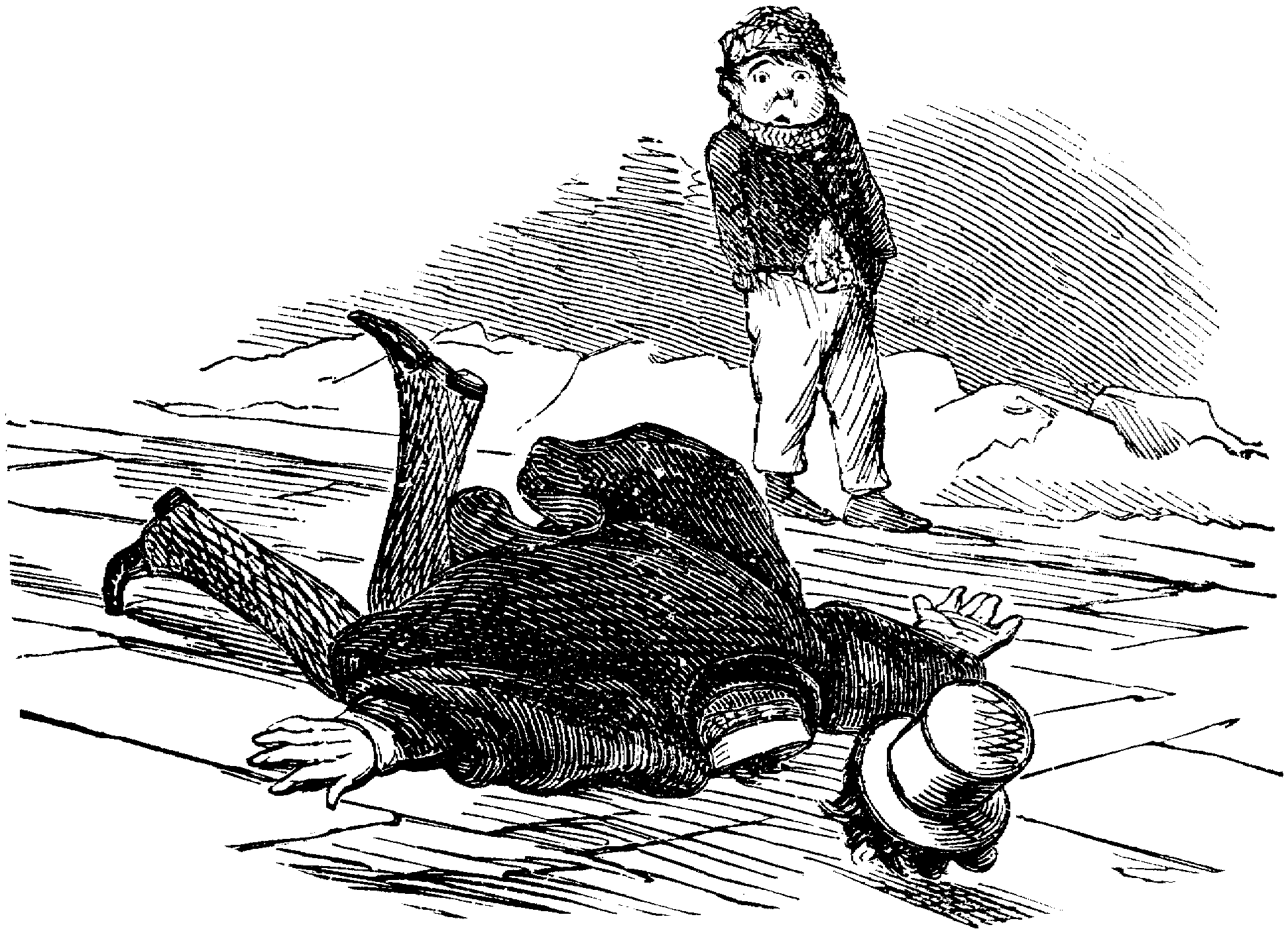It's Beginning To Look A Lot Like ...

In the spirit of the holiday season, the city where I live just had its first paralyzing snowstorm of the season. But what kinds of injuries are associated with solstices and snowstorms, you may ask?
Four years ago, Eris Lis, M.D., began writing a series of brilliant and informative posts on RPGs through the eyes of a medical professional. Following is the fourth of them, which appeared here on December 22, 2012.
In the spirit of the holiday season, at least in so far as it gets celebrated North of the Equator, the city where I live just had its first paralyzing snowstorm of the season. On December 27th, Montreal, Quebec had what I understand has officially been declared the largest snowfall in the city's history, with nearly fifty centimeters of snow landing over the course of some twelve hours. Although we're a population well-used to such storms, much of the city was ground to a halt, and I had the very interesting experience of walking to work on uncleared sidewalks where the snow was nearly up to my waist. A lot of "white Christmas" jokes sprang to mind that day, naturally, but I had the good sense not to share them with anybody. The other thing I got to thinking about, as I skated along black ice and dodged skidding vehicles, was the associated injuries which the city's hospitals would no doubt be seeing. I haven't worked a shift in a medical emergency department for near on two years now, thankfully, but I can vividly remember the strings of fall-related injuries we'd get during and after blizzards and freezing rain storms. But what kinds of injuries are associated with solstices and snowstorms, you may ask? Here's some empirical data from three studies on the topic.
Smith RW & Nelson DR. Fractures and other injuries from falls after an ice storm. Am J Emerg Med. 1998 Jan;16(1):52-5.
The authors reviewed data from an emergency department 9 days after a local ice storm, comprising 259 patients with 327 musculoskeletal injuries. Back injuries were most common (about 19% of people). Ninety-one people had broken at least one bone, mostly of the ankle (24%) and wrist (19%). The biggest risk factor for fracture was age, and women seemed to be at higher risk although this wasn't "statistically significant" and could have been a chance finding. Interestingly, fractures and injuries peaked on the 5th and 6th day after the storm, possibly because in the first few days after a storm people are being more cautious and vulnerable individuals (the elderly, people with balance problems, etc) choose not to leave home.
Hartling L, Pickett W, Brison RJ. The injury experience observed in two emergency departments in Kingston, Ontario during 'ice storm 98'. Can J Public Health. 1999 Mar-Apr;90(2):95-8.
Similar to the first study, the authors reviewed data from their emergency department after an ice storm, from the start of the storm to about 6 days afterwards. Unsurprisingly, of the 254 injuries they found, slips and falls on the ice accounted for more than half of all mechanisms of injury, although a number of people were injured as part of cleaning up trees and other detritus (15%) and about one tenth of the injuries were poisonings (probably unintentionally) with carbon monoxide, a common danger when people run their car inside a garage or bring a portable generator indoors.
Broder J, Mehrotra A, Tintinalli J. Injuries from the 2002 North Carolina ice storm, and strategies for prevention. Injury. 2005 Jan;36(1):21-6.
In a more recent study with a clever twist, the authors specifically looked at regions where ice storms are uncommon and people are less prepared for them. Looking at emergency department data from the start of the storm until power was restored to the one million or so homes that lost power during it, they identified 131 injuries mostly related to storm damage and carbon monoxide. They had a small number of life-threatening injuries (broken spines or head trauma). In this study, a disproportionately large percentage of Hispanic patients had storm-related injuries, which could reflect increased vulnerability due to lower socioeconomic status and less well-maintained areas of the city. This study found that falls on ice and cold exposure were less problematic than shown in other studies.
What can we learn from this data? A few take-home messages:
1) When ice and snow hit, the heaviest burden of injuries may occur, not immediately, but after the fact, once clean-up begins and people think life is returning to normal.
2) You can get really, really hurt taking a badly-timed slip on ice.
3) As with most illnesses, especially environmental ones, it is the poor, neglected, and marginalized who are at greatest risk of harm.






